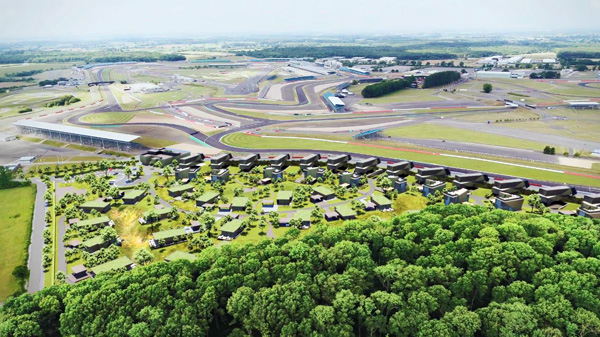
Illustration studio Hayes Davidson in London works with architects, real estate developers and designers to turn their visions into CG visualisations that communicate their ideas to clients. For most marketing projects, photorealism is the ultimate goal, which the studio has been working toward by increasing its commitment to R&D in recent years.
The studio’s pursuit of innovation is evident across its project portfolio, and driven partly by staff members like Ciro Cardoso, an experienced studio artist. Combining familiar 3D software with newer techniques, the pipeline he is developing for the studio using Autodesk 3ds Max and Arnold supports a flexible workflow capable of outputting images with a very high degree of photorealism.
Cleaning Up the Mesh
Most of Ciro’s projects begin with an Autodesk Revit or Rhino file, with reference materials and other information from the client, which he and the team then clean up and bring into 3ds Max. From there, they link or XREF them to make sure everything is in the correct position and merge them if necessary. The geometry is organised into layers and cleaned up using the retopology toolset in 3ds Max.
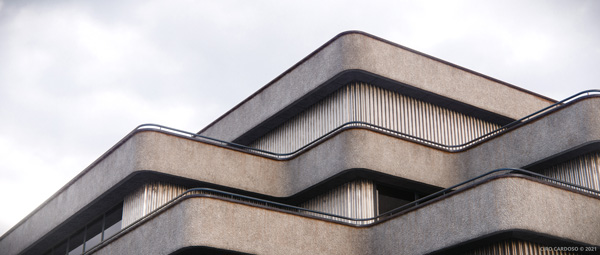
The translation of the CAD file to the mesh can cause small, hard-edged sliver faces, for example, and unnatural sharp edges that the retopology tools aim to rectify. Users can also improve the uniformity of the face area with these tools by subdividing the original mesh to get rid of long thin triangles. Different modes for the subdivide modifier, such as adaptive or variable curvature, help to finally result in a uniform triangulated mesh. At each stage you can recompute the mesh and re-assess the model.
Look Development
Using Substance Designer and Substance Painter, Ciro and team then begin look development, creating and tweaking materials in 3ds Max. Arnold shaders, as well as the combination of Physical Materials and open shading language (OSL) nodes, help speed up this process, especially for more complex materials like fabric. Procedural texture maps can be built in OSL, but the outputs need to be connected to a standardised, renderer-independent material like a Physical Material.
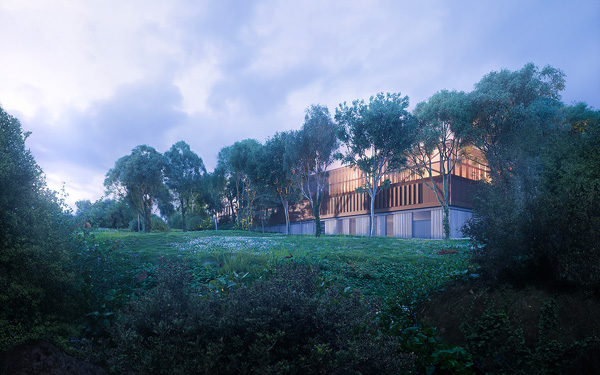
The shaders make it possible to achieve a realistic look in a few steps, allowing Ciro to preview how the materials will look under various lighting scenarios. The image planning stage follows, in which Ciro’s team explore lighting, cameras, composition and framing, which bear directly on delivering more photorealistic imagery, selling the idea that clients are there in the space. Everything, from time of day to reflections off nearby water sources, impact decisions at this stage.
“3ds Max is the foundation for most everything I do as an artist, from image planning to lighting and beyond. We use the retopology tools to spot and fix any geometry issues in 3D models early on, plus the new slice modifier, smart extrude, symmetry modifier and Auto Smooth updates in 3ds Max 2022 make slicing models in half less tricky and much faster,” Ciro said.
Flexibility and Exploration
“With the Cryptomatte and Arnold Render View, and the AOV manager in Arnold, I can work with more flexibility than with other renderers, and the operator nodes give me more control over a scene.” The interactive Arnold RenderView window returns real-time feedback on changes that are made to the scene, meanwhile overcoming certain limitations of 3ds Max's native render view.
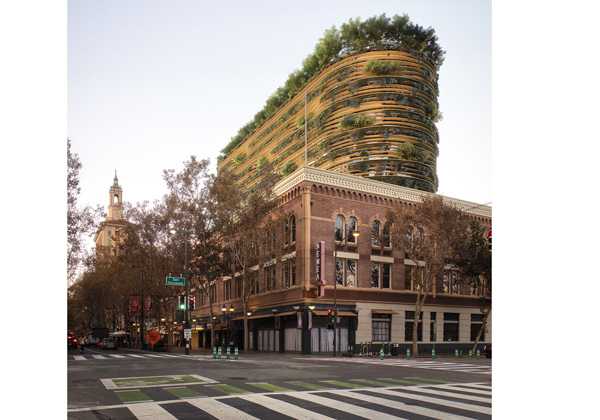
The versatility allowed within this workflow is crucial as Ciro progresses through a project. Once the models are cleaned up, he and the team use OSL to load HDRI maps and new nodes to continue exploring different lighting scenarios, before they share the end-result with the client.
After the client approves the camera and lighting, the team revisits the reference materials and starts a new round of look development. In this phase, they check over the model and furniture assets the client has supplied, in order to incorporate them into the visualisation and start populating a scene, adding lighting rigs and fixing potential issues.
Materials with Alembic Files
With materials now finalised, the team can build a materials library to use across the project, a practical approach that means they can update everything for the project in one go, whenever necessary. Models are merged in a 3ds Max scene using Alembic files, making the scene easier to work with.
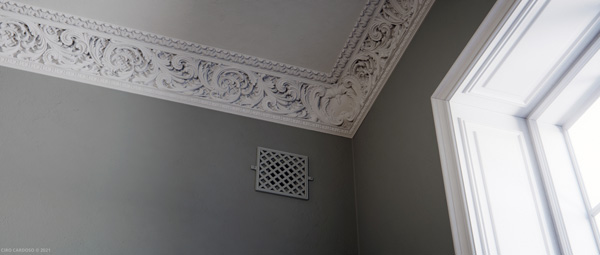
Ciro said, “The main advantage of working with Alembic files is that I can use them as a proxy system that introduces flexibility into my workflow and pipeline. In contrast, each of the renderers’ own proxy systems are proprietary, locking you to that specific renderer. If that asset needs to pass to another department or if it needs to be used with another renderer, you need to convert that proxy back to geometry.
“Furthermore, using this technique introduces more control over the asset you have in your scene. 3ds Max will see an Alembic file as geometry, which allows you to add modifiers and work with that asset as if it were regular geometry in the scene, something that doesn't happen with the majority of proprietary proxy systems. I have also noticed that scenes load faster when using Alembic files.
“Of course, if you want to be truly renderer agnostic, the best combination is to use Alembic files with the Autodesk Physical material and OSL nodes. That is a workflow that has been proven to work and to be efficient.”
Into the Composite
As they finalise the lighting using Arnold RenderView, they are able to save lighting options with comments, and then iterate the visualisation. Iteration often involves jumping between 3ds Max and Nuke for revisions until the visualisation is client-ready. Rounding out the workflow, the Arnold Denoiser helps ensure a clean render for the more complex scenes.
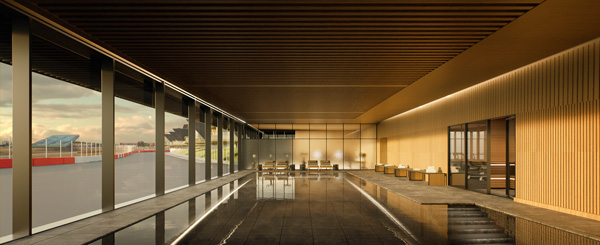
Ciro’s workflow with 3ds Max and Nuke gives him the opportunity to review his own work between different interactions. “The process has to start with 3ds Max,” he said, “where I correctly name all of my materials – my assets follow a specific naming convention that forms the core foundation for this workflow, in particular when I’m using Cryptomatte.
“By working this way, I can set up a Nuke template that reads the render folder. Masks are created using Cryptomatte and then I do my compositing and grading. The fact that I am using a workflow based on a node system, makes updating the render fairly simple and fast. After the initial work, updating renders takes a few seconds and not hours of redoing masks.”
Chris will then have different grading versions in Nuke or Fusion, which is also where he applies all the different elements that make an image look real. Because of the node system, he can play with different versions of the same file. “Instead of baking LUTs, bloom, glare or any other element with my renders, I prefer to have full control over those elements in the compositor. It’s also easier to incorporate comments from the client in case they don't like a specific look,” said Ciro.
USD Support in Arnold
The workflow between 3ds Max, Arnold and Nuke is now very smooth, and has made it easier to deliver high quality visualisations, even for projects with demanding timelines. Tasks that previously took two days now take just a few hours
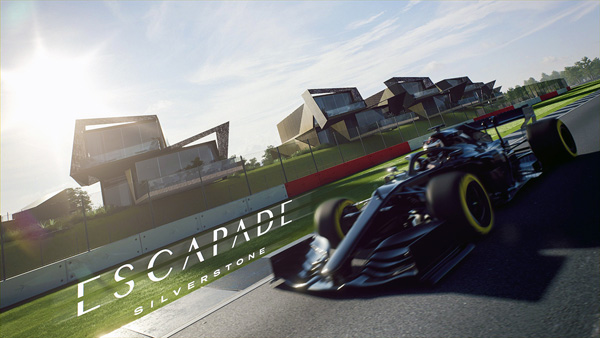
This is in part because of Arnold Support for ASS/USD, which allows them to save an entire scene as an Arnold Scene Source (ASS) file and export materials, geometries, lights, cameras and any other data needed. Essentially, they can have one master scene with all the information included in a manageable file size, so that they can open and save scenes more quickly. When a change is needed, it’s simpler to fix.
Ciro describes the ASS\USD workflow as a mix of both worlds – USD gives you the flexibility to work with multiple DCCs, even if they don't support Arnold, but ASS files of course give better support for working in an Arnold environment. “When working on a project, in particular when doing LookDev I have to decide if I will need both or just one according to the work we will be doing. ASS\USD isn't a specific file format, but a workflow that I use for flexibility when working with multiple DCCs and renderers,” Ciro said.
“I use ASS files as my XREF system and to assemble complex scenes. I save an ASS file with geometry, camera, lights, and then I save a MaterialX file with the materials. This allows me, using Arnold Operators, to control and update materials without having to export another new ASS file. By dividing my workflow this way, I can have one asset exported as an ASS file, with multiple material variations.”
Projects

With workflow his Ciro and team deployed the on two recent projects, including Escapade Silverstone for Twelve Architects. Working alongside the Twelve Architects team, Hayes Davidson developed a combination of marketing images and CG animations as well as a short film designed to sell the new development, which includes residences and vacation villas for motorsports fans that overlook the famous Silverstone British Grand Prix race track.
The team also followed this workflow for a Westbank development in Vancouver. “By using Arnold, I can start rendering the final image for a project like Silverstone or the Westbank Development the morning of the project deadline and be confident that I’ll still meet it,” Ciro said. “I’ve also noticed that if I don’t disclose the renderer, other artists ask about it because the look is so well lit, polished and photoreal.” www.autodesk.com




